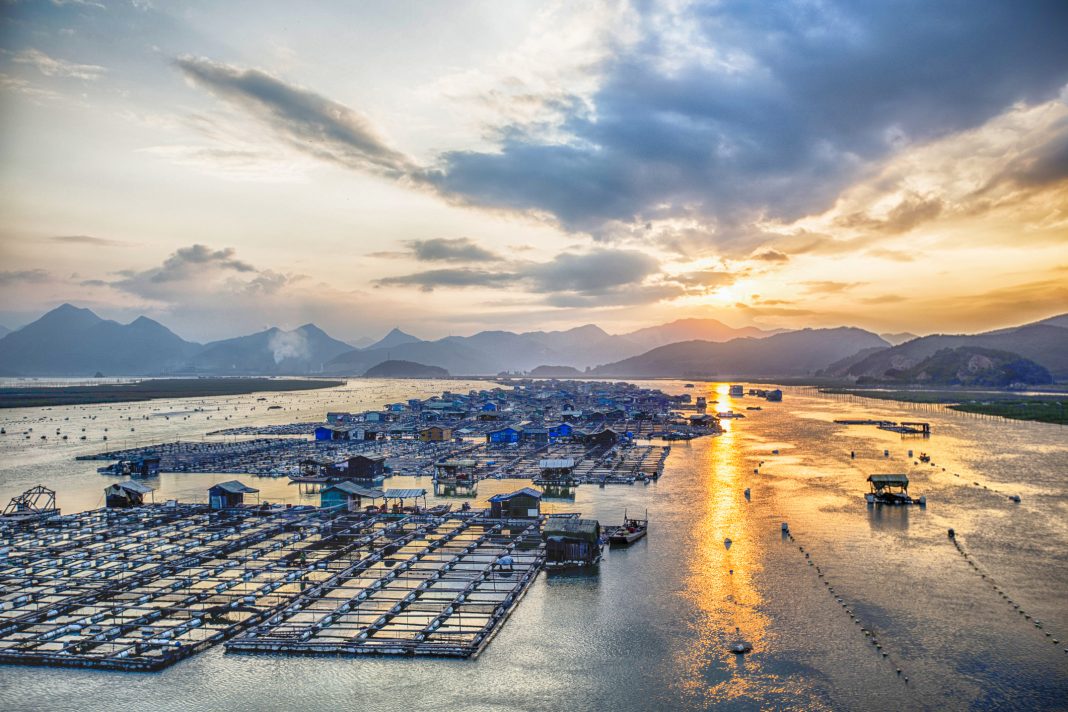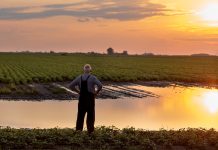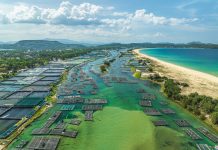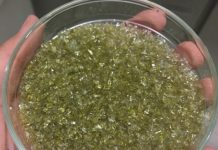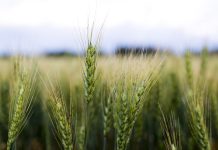Researchers looking at the climate impact of aquaculture find that food production can sustain a lower carbon footprint – with polyculture farming techniques
Food production is a large emitter of carbon emissions globally. Critical to this production, is marine aquaculture – or mariculture, generating 37.5% of food products annually. In order to continue to be able to feed populations, we must switch food production to more climate friendly measures.
The key to maintaining low greenhouse gas emissions (GHG) in mariculture is sustainable farming.
So, researchers have set out to analyse the main sources of GHG and carbon sinks associated with fed finfish, macroalgae and bivalve mariculture – and their impacts on their surrounding marine ecosystems.
While mariculture emits less GHG than the food farmed on land, scientists still aim to find a more sustainable way of farming mariculture while feeding a growing population. From this study, they found the benefits of polyculture farming to limit the number of habitats destroyed from food production.
Mariculture generates 97% of the world’s seaweed harvest
Published in BioScience, an international team at the University of Adelaide and The Nature Conservancy, analysed strategies to reduce the climate impact of mariculture to sustainably feed a growing human population.
Mariculture constitutes for 52% of the aquatic animal products consumed globally, and these products may offer a way to deliver high-protein foodstuffs without the high carbon footprint of equivalent terrestrial products.
A team colleague said: “The GHG emissions per unit of protein produced by aquaculture generally compare favourably with most livestock production.”
The researchers suggest that major contributor to mariculture’s climate-friendly profile is that it doesn’t require substantial land-use change such as the razing of rainforest to make room for cattle the way livestock grazing does.
Meeting future food demands with sustainable practices
To further improve mariculture’s sustainability advantage, the authors highlight methods that its emissions could be reduced. There are opportunities for supply chain improvements which could permit the transport of mariculture products to consumers with a considerably improved GHG footprint.
Regional markets for mariculture could be a solution, with an added benefit of greater food security. At the mariculture sites themselves, opportunities to improve the carbon profile can occur with lessened carbon emissions from delivering food to markets globally to instead having access to, and buying, maricultural food locally.
Another GHG reducing technique highlighted was polyculture farming. Polycultures are two or more useful crops grown on the same plot, usually at the same time. They try to mimic natural systems, offering benefits like reduced plot space.
Referred to also as ‘cofarming’, the researchers suggest this technique can lessen carbon emissions and reduce habitat loss.
As described by the authors: “Cofarming bivalves with seaweed, which can lead to a net reduction in CO2 emissions, and cofarming fed finfish with seaweed or bivalves.”
The authors suggest these measures could result in greater absorption of excess nutrients, reducing eutrophication and, beneficially, reducing the degradation habitats that already store carbon.
The study conclude with the hope that efforts to integrate mariculture – and its related environmental benefits, such as GHG abatement programs – could help to “support the development of climate-friendly mariculture practices that generate sustainable ecological, social, and economic outcomes.”

